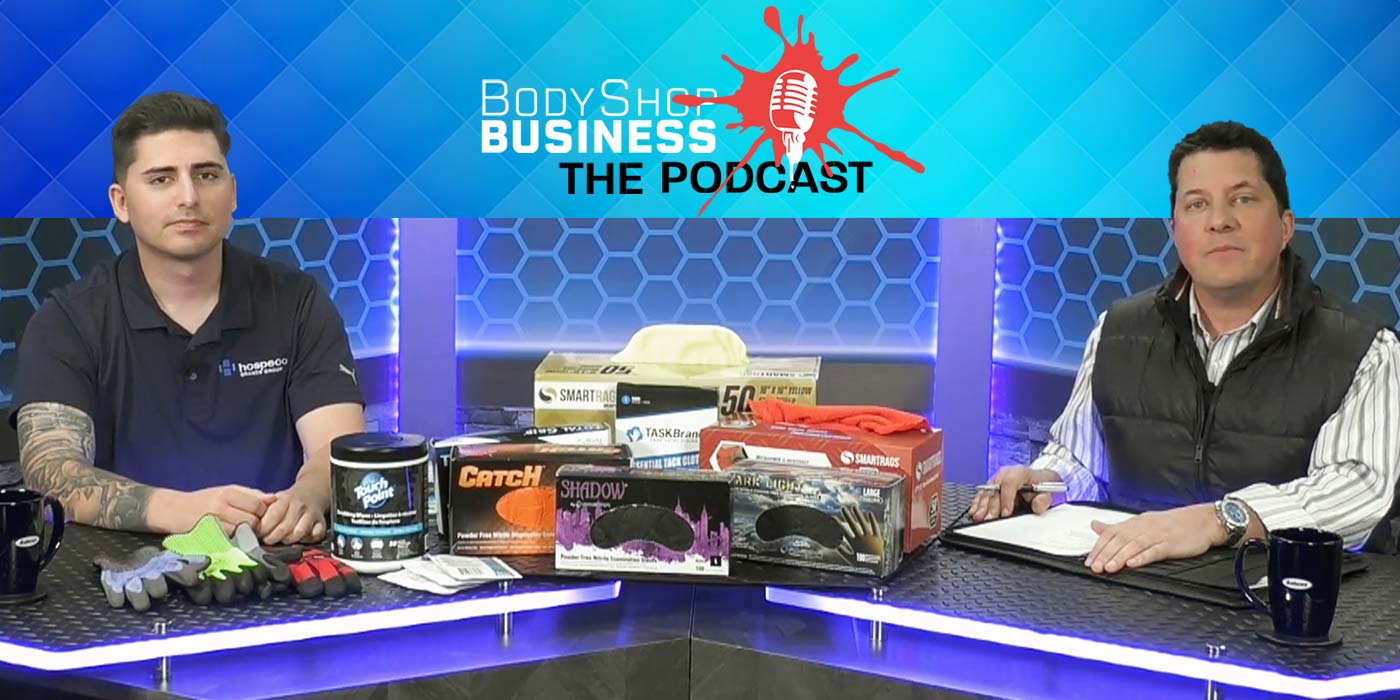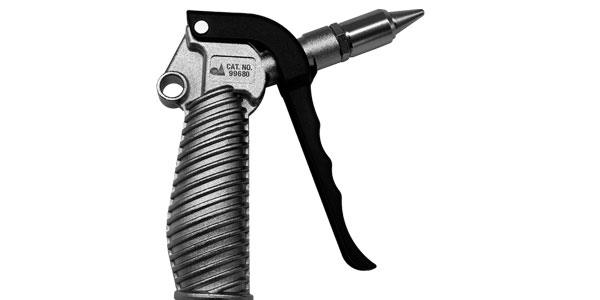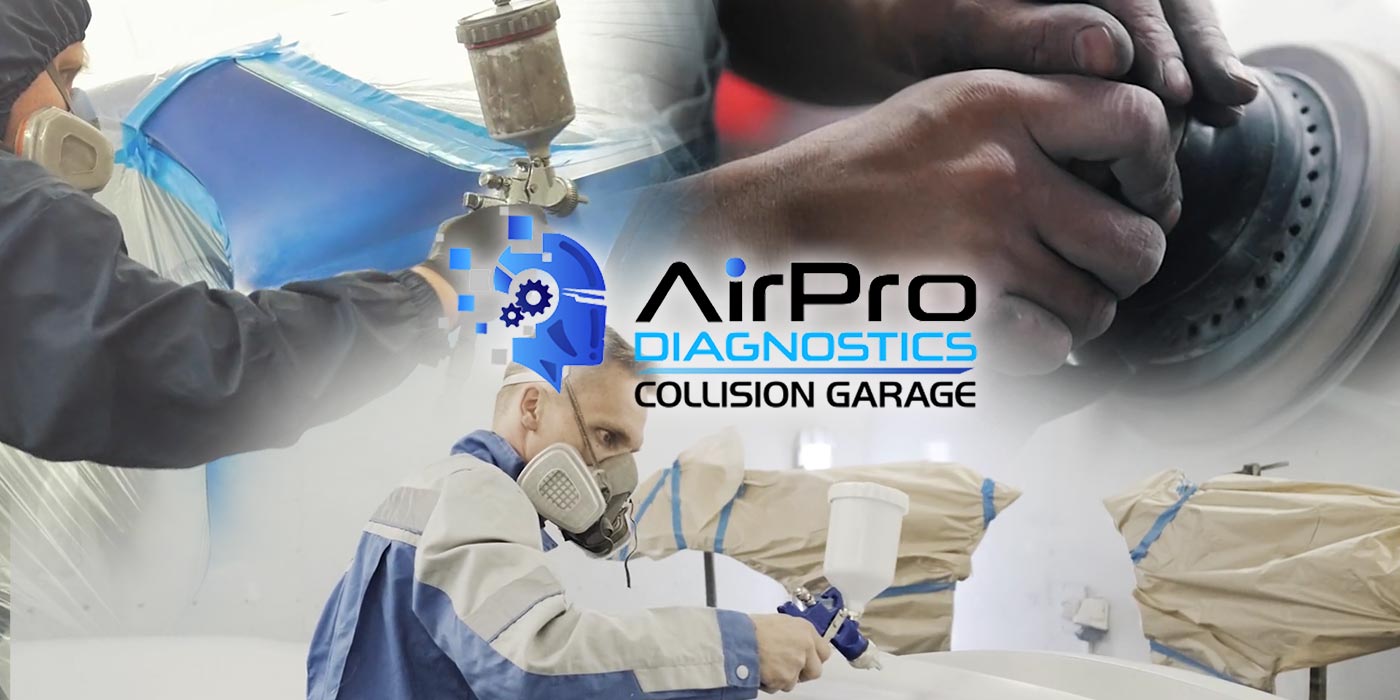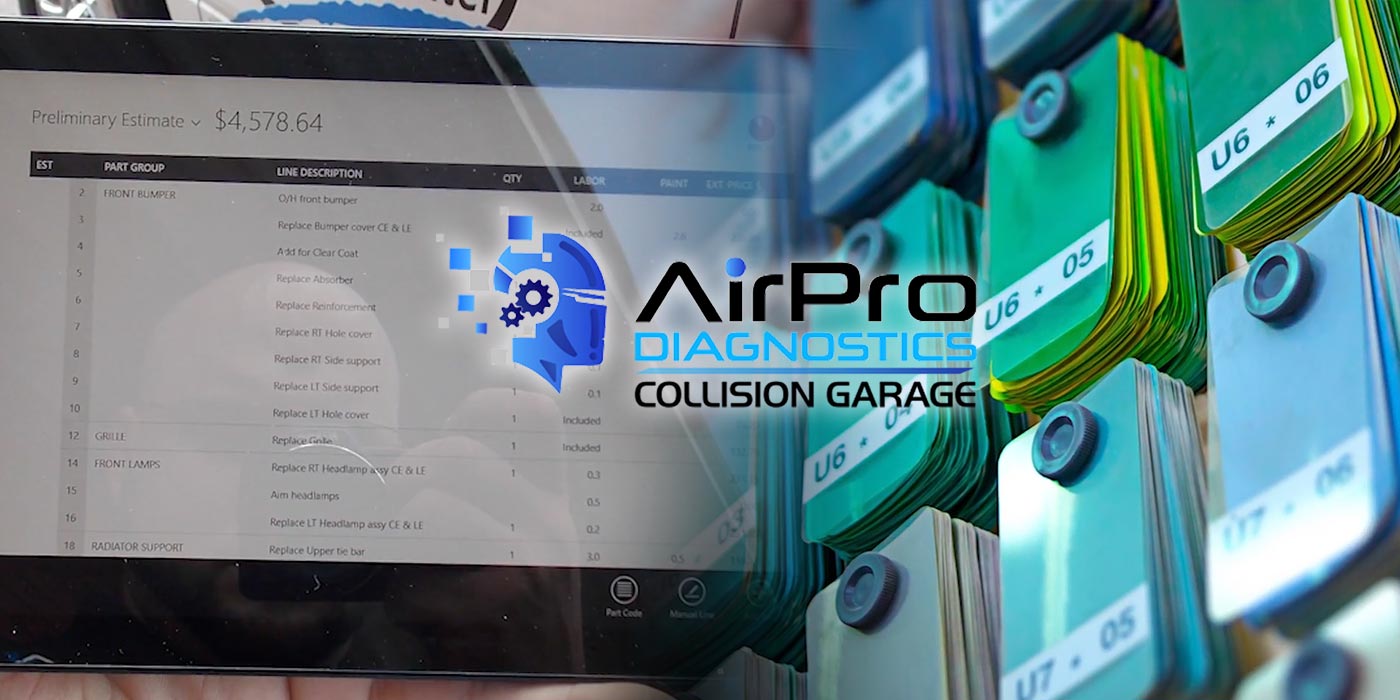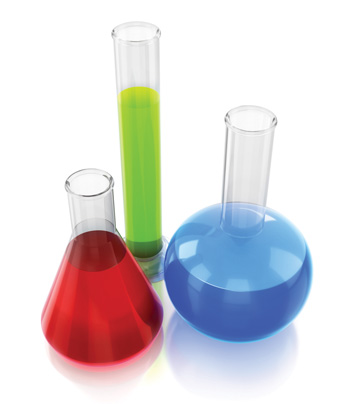 I’ve been around so long that I was there when acrylic enamel was introduced to the industry. I was there when isocyanate catalysts were first offered, when the OEMs started putting clear on the color and when the first three-stage pearls were applied to new cars. Without exception, each of the passing years has brought better chemistry to the refinish business. The part where properly applied refinish paints continue to look as good and last as long as the current year’s heat-set, multi-component factory finishes is a neat trick indeed.
I’ve been around so long that I was there when acrylic enamel was introduced to the industry. I was there when isocyanate catalysts were first offered, when the OEMs started putting clear on the color and when the first three-stage pearls were applied to new cars. Without exception, each of the passing years has brought better chemistry to the refinish business. The part where properly applied refinish paints continue to look as good and last as long as the current year’s heat-set, multi-component factory finishes is a neat trick indeed.
Acrylic Enamels
Acrylic enamels, which are really a blend of several types of resin, were introduced in the late 1960s and early 1970s. They dried faster than the industry-standard synthetic enamels, were easier to re-coat, and the painter didn’t have sticky overspray on every inch of their body after a complete repaint. Generally requiring higher air pressures to atomize properly, some brands sprayed more like lacquer and some more like traditional enamel, depending on the paint manufacturer’s blend of ingredients. In all cases, they were better chemistry than the old alkyd enamels.
Isocyanate Hardeners
The advent of isocyanate hardeners made refinish coatings much more durable. The finishes were more flexible, more impact resistant, longer lasting in the sunlight and (maybe best of all) capable of being recoated immediately. No more waiting days to recoat and repair a faulty finish.
In the early 1970s, many painters were quickly sensitized to the active isocyanates because they refused to wear effective respirators. It wasn’t “manly” to wear anything other than a particle mask. Those obstinate painters didn’t understand the difference between solvent exposure and isocyanate exposure.
Spraybooth cabin air that was laden with solvent fumes would make the painter dizzy. The solvent that was inhaled through their lungs displaced the oxygen their blood was carrying to their brain. At high concentrations, it would cause a blackout and, at low concentrations, just a light head. Up until the industry started using isocyanate catalysts, the painter’s solution to a light head was to simply step outside into clean air and, within a few minutes, the oxygen in their blood was replenished and they felt better. If you kept exposing yourself to enough solvent (huffing lacquer thinner) until you lost consciousness, you would eventually do permanent brain damage.
Isocyanate exposure was, and is, permanent. Isocyanate transfer is heat and moisture sensitive. The cilia inside your lungs react with the isocyanate particles to form an immediate and permanent bond. It happens really quickly in the hot (98.6 degrees) and wet environment of your lungs. Then as now, the solution is to prevent inhaling any isocyanate fumes. At the least, wear a properly fitted, fresh charcoal respirator if you’re clean shaven or, better yet, a respirator that supplies fresh air. Manly or not, that stuff will kill you.
Cool Chemistries
Other cool chemistries that improved our business include ultraviolet screeners in clearcoats that were really clear. UV rays from the sun are the No. 1 enemy of most refinish coatings and, before we started to clear everything for gloss and durability, it was easy to hide the yellow-tinted chemical screeners inside color coats. Early clear lacquers and enamels often had a really yellow tint to them because they had no pigment to hide the screeners behind. It wasn’t a shop problem unless the base colors were white or silver. It was mighty difficult to blend the yellow refinish clear into the perfectly clear factory coat. Say thanks to the next paint chemist you see for their ongoing work to making clearcoats ever more resistant to sunlight and water-white clear at the same time. It’s also a pretty good trick.
Selling Cars
Attractive finishes sell cars, and the auto manufacturers are constantly looking for colors and effects that will cause the car buying public to say, “I’ve gotta have that.” Coated mica chips, three-stage finishes, ultra-chromatic tints, and super smooth and glossy clearcoats all drive auto sales. The part where the local body shop can both duplicate the effect and the durability of those factory finishes is amazing to me.
When I began in the business, the thought of a paint company offering a lifetime warranty on a repaired finish was absurd. Now it’s taken for granted, thanks to today’s super sophisticated paint chemistry.
Rust Happens
All this is leading up to what I think is the most amazing refinish product ever created in my 43 years in our industry. “Tell us, Father Time, what might it be?” Answer: Two-part epoxy primer.
If sunlight is the main enemy of the topcoat, corrosion is the main enemy of auto refinish, period. Rust ruined more paint work than anything. For many years, rust prevailed no matter which acidic metal treatments you used or how carefully you primed the bare substrate. Certainly, it was partially because the talc (hard clay) that makes all primer surfacers fill up imperfections also wicked moisture through to the bare metal. I can’t count the shops that complained about their work coming back with rust under the finish, in spite of their best efforts to grind to bright steel, chemically clean the panel and properly apply the finish. No matter who’s product it was or how carefully the work was done, rust happened.
When moisture meets steel, rust happens. The moisture-proof barrier that two-part epoxy primers provide is astounding. Within months of their introduction to the refinish industry, two-part moisture-tight epoxy primers put an end to most shops’ rust and corrosion failures. Remember, however, that even if they catalyze without isocyanates, the chemistry that crosslinks epoxies isn’t good for you either. Smells bad, is bad. Wear protection that supplies fresh air when applying any body shop coatings. Then, you can live long enough to someday spin these auto body tales of yesteryear, too.
Who was that oldtimer? Hi ho chemistry, away!
Mark R. Clark is the owner of Professional PBE Systems in Waterloo, Iowa; he is a well-known industry speaker and consultant. He is celebrating his 25th year as a contributing editor to BodyShop Business.










